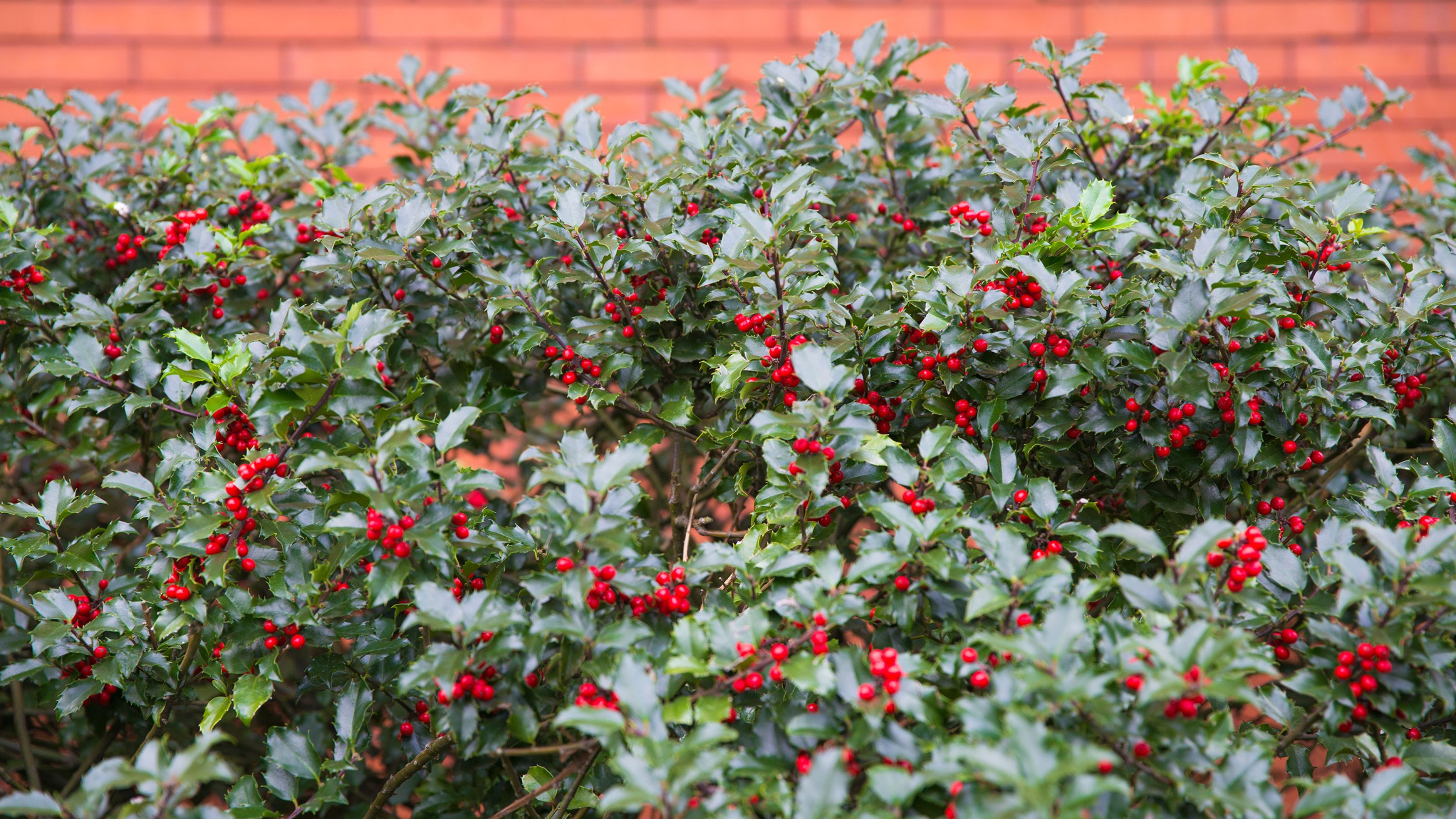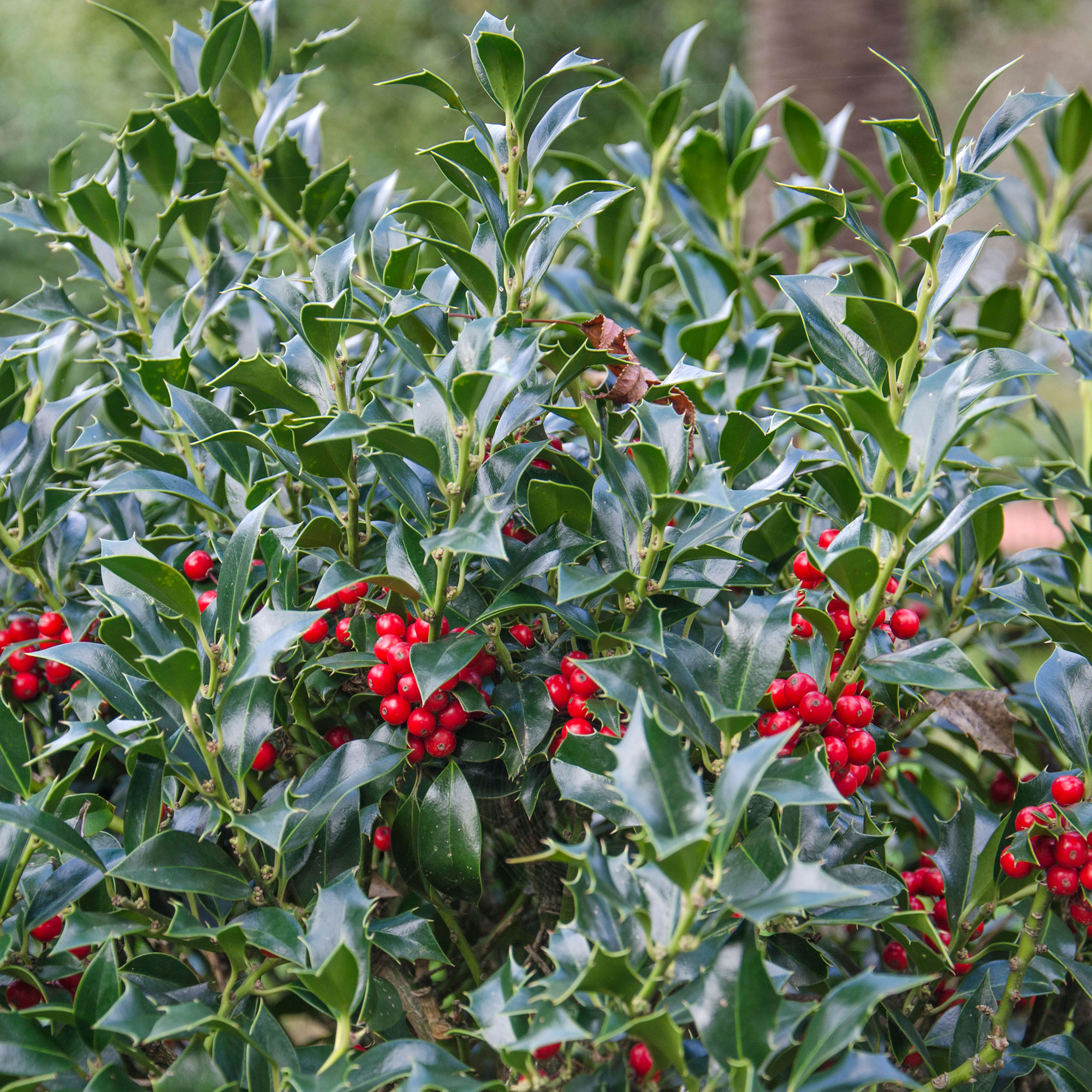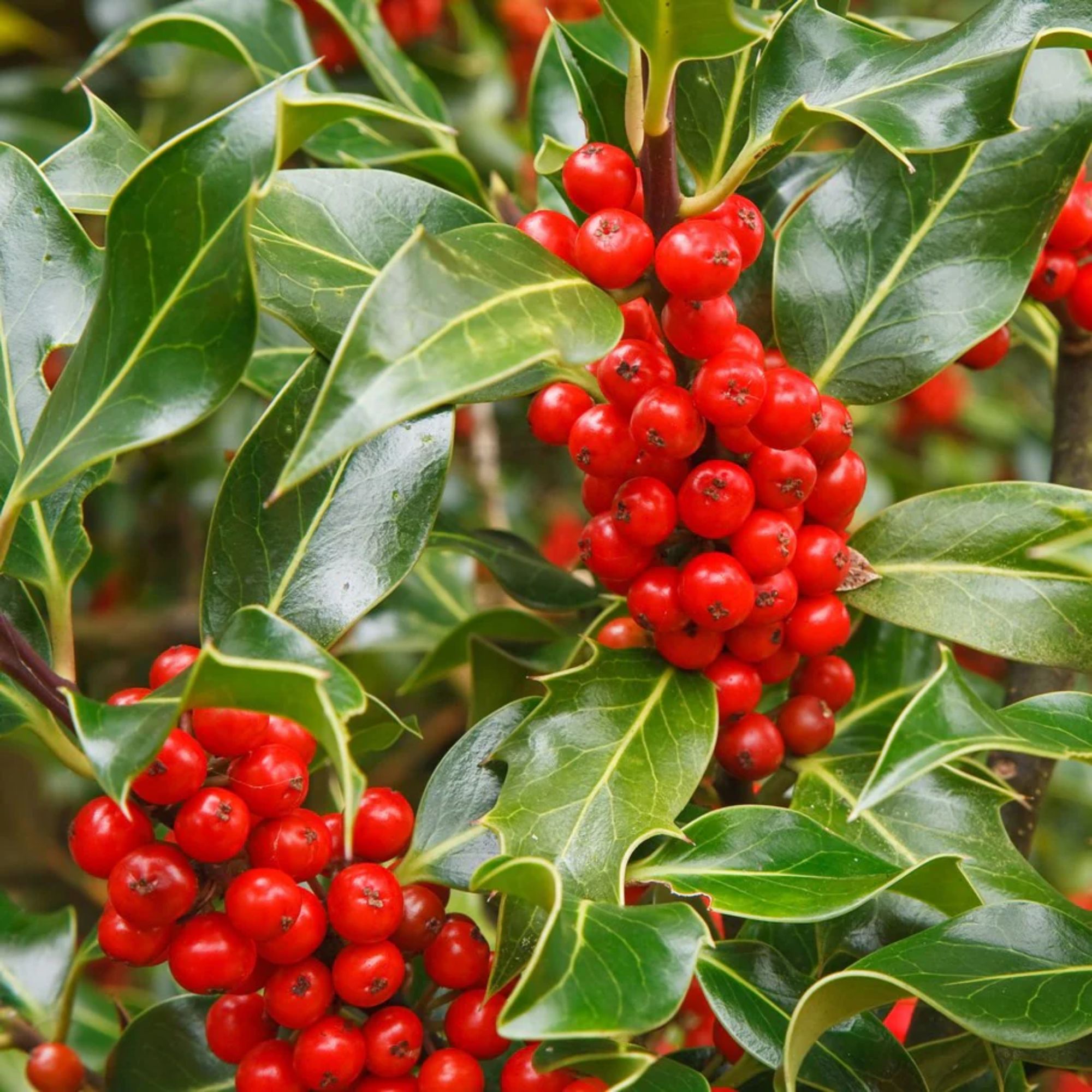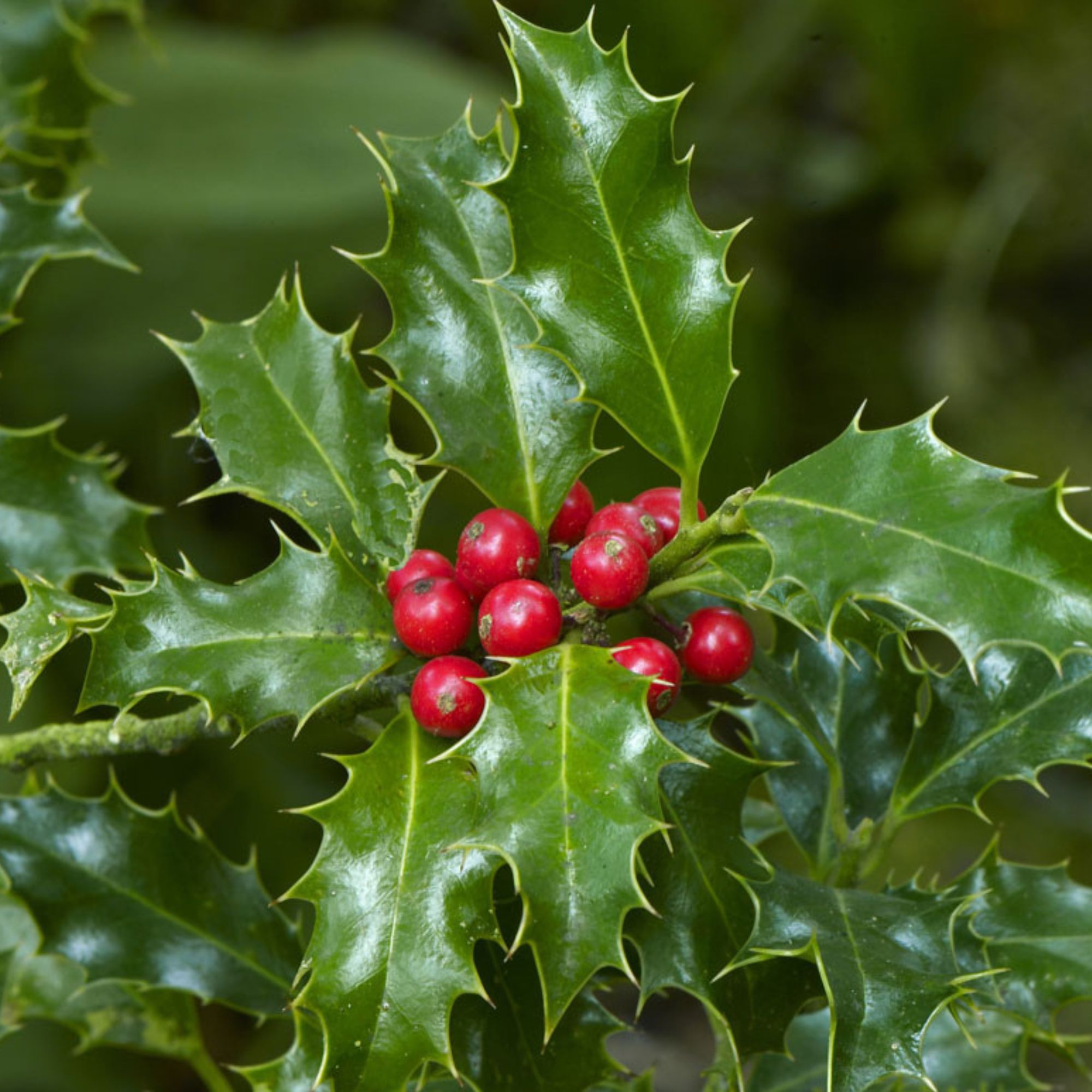How to grow holly - it's the perfect security hedging for a home with some festive flair
Holly bushes are a beautiful addition to any garden – not to mention ideal for keeping intruders at bay!


With its glossy green leaves and bright red berries, it's little wonder so many of us want to learn how to grow holly – especially as, with its merry array of spikes, it's been branded one of the best privacy trees for small gardens.
A holly tree isn't just for Christmas (even if that's what the carols might have you believe!). In fact, it's counted among the best evergreen plants, adding colour and vibrancy to our outdoor spaces all year long.
'Holly is a timeless addition to any garden, offering year-round interest and that quintessential festive feel during the winter months,' says Steven Bell, the CEO of Paving Shopper.

Steven Bell is the managing director of Paving Shopper, known for his expertise in gardening, landscaping and paving. He leads the company with a focus on quality and innovation, ensuring Paving Shopper remains a trusted source for diverse paving needs.
'Planting holly near entryways doesn't just enhance the aesthetic appeal of the home; it also provides easy access to sprigs for holiday decorations – a cherished tradition,' he adds, noting that they're also great if you want to keep unwanted visitors off your plot.
What you will need
When it comes to growing your own holly, the first thing you'll want to consider is which variety is right for you and your space.
'Choosing the right variety is key. For those beautiful red berries, a female variety like Ilex aquifolium 'Madame Briot' is ideal, but it's important to have a male plant nearby for pollination,' says Steven.

Morris Hankinson, director of Hopes Grove Nurseries, agrees, noting that 'the most popular Holly varieties are Ilex aquifolium (English Holly) and Ilex crenata (Japanese Holly)'.
Sign up to our newsletter for style inspiration, real homes, project and garden advice and shopping know-how

Morris Hankinson is the founder and managing director of Hopes Grove Nurseries Ltd, the UK’s only specialist grower-retailer of hedging plants. He established the thriving business in 1992, shortly after graduating with a Commercial Horticulture Degree from Writtle College, Essex.
'English holly is the classic Holly that grows up to 4m tall whereas Japanese holly is lower growing to about 1m and often considered one of the best hedging plants for people who want to avoid using box,' he says.
'One thing to know is that most holly is dioecious, meaning in order to fruit, a male holly plant will be needed close by. You might find your neighbour has one!'
You will also need:
- A spade for digging your hole
- Well rotted garden compost or manure
- A watering can
Step-by-step guide
Once you have your equipment to hand, it's time to learn how to grow holly in earnest.
1. Pick the right spot
When planting holly, location is everything. 'While they are adaptable, they thrive in well-drained soil with partial shade,' says Steven.
Morris agrees, adding that 'while holly is a flexible plant and will grow in full sun, part or full shade, it does prefer some shade'.
'Choose a spot with well drained soil, though, because it will not thrive in waterlogged conditions.'
2. Plant your holly
It's the most important part of our How To Grow Holly 101 guide, because planting your holly properly is key to it thriving.
'Enrich the planting hole with organic matter to give it a strong start,' says Steven, who notes that you should 'allow ample space for growth is important, as holly can become quite substantial over time'.
Aim, then, to plant each holly about a metre or more apart – and be sure to water them well once they're in place, too. You might also consider mulching them for good measure.
3. Show it some TLC
Learning how to grow holly so it flourishes is relatively straightforward.
'Keeping the soil moist but not waterlogged helps them establish themselves,' says Steven, ' and pruning in late winter doesn't just maintain their shape; it also encourages a denser growth habit.'
He adds that, while holly is generally hardy, it's prudent to keep an eye out for pests like leaf miners and scale insects.
FAQs
Is holly easy to grow?
Whether you want it as an evergreen architectural specimen, clipped bush, or privacy hedge, holly is surprisingly easy to grow, as it tends to look after itself once you've gotten it established.
That being said, it is one of the slower hedging plants out there, so – while you can grow it from seed – it's best to opt for a potted holly or bare root option if you want speedy results.
Where do holly bushes grow best?
Holly bushes grow best in well-drained soil with full sun or partial shade. They also prefer a moist (but not waterlogged) environment, so be prepared to water them well over the drier months.
'As with most new plants, water regularly in the first year so the holly establishes well, after which it will most likely need very little attention,' agrees Morris Hankinson of Hopes Grove Nurseries.
How do you prune holly?
If you're not sure how to prune holly, rest easy; it's pretty straightforward.
'Pruning is best undertaken in late spring and should be done simply to maintain the shape whilst removing dead, diseased or damaged and crossing branches,' says Morris Hankinson of Hopes Grove Nurseries.
Now that you know how to grow holly, you can set to work gracing your garden with this impressive winter evergreen. Just don't be surprised if your neighbours come a-knocking when December rolls by, keen to take cuttings and snippings for their festive wreaths...

Kayleigh Dray became Ideal Home’s Acting Content Editor in the spring of 2023, and is very excited to get to work. She joins the team after a decade-long career working as a journalist and editor across a number of leading lifestyle brands, both in-house and as a freelancer.


